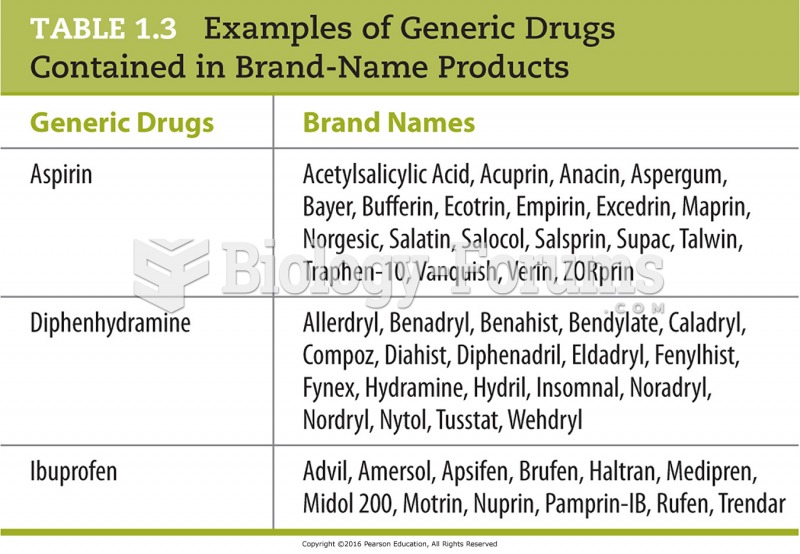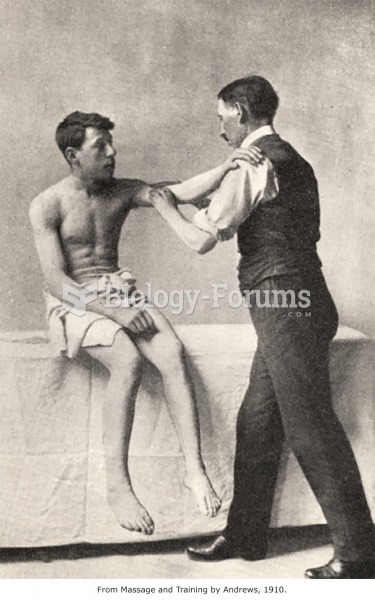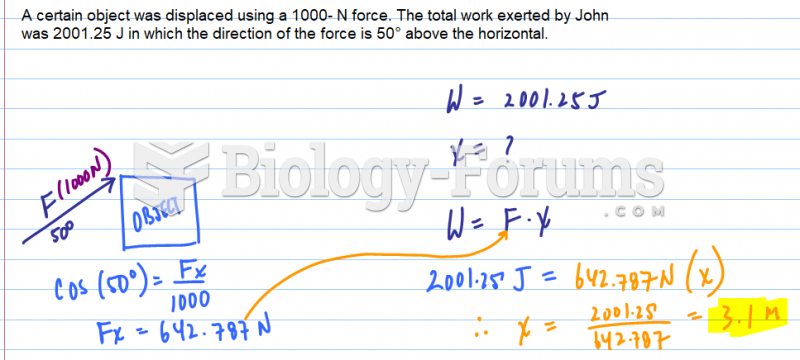Answer to Question 1
There is a lot of variability in response to autogenic training with some people responding well to the training but others making no changes or even deteriorating. Like progressive relaxation training, some individuals have anxiety reactions. These anxiety reactions may take the form of myoclonic jerks, spasms, twitches, or restlessness known as autogenic discharges (Linden, 2007, p. 157). Anxiety issues may result from unfamiliarity with the relaxation experience or with concerns about loss of control. These issues need to be addressed if they arise in order for the training to be successful.
Stetter and Kupper (2002) conducted the most comprehensive meta-analytic review of the autogenic research to date. Their review included 60 controlled trials including a number published in non-English languages. The authors determined that autogenic training generally resulted in a medium effect size for biological and psychological indices of change compared to controls. For stress-related disorders, Stetter and Kupper (2002) reported that several studies found medium beneficial effects for tension-type headaches, migraines, asthma, and Raynaud's disease. They also identified autogenic training as moderately effective for treating sleep disorders and reducing anxiety.
An individual study illustrates the benefit of autogenic training for anxiety reduction. Kanji, White, and Ernst (2006) conducted a randomized controlled trial of 93 UK nursing students and determined that participants in their 8-week autogenic training group showed lower anxiety, heart rate, and blood pressure than individuals in placebo and wait-list control groups.
Answer to Question 2
Schultz's technique is described as both a form of self-hypnosis and a method of passive concentration. The primary focus of his method is on the autonomic nervous system. When using autogenics the practitioner allows the experience to happen rather than forces it. Thus, autogenic training involves learning a method of deep relaxation through self-hypnosis or passive concentration that centers on the autonomic nervous system. This contrasts with Jacobson's progressive relaxation training that uses active strategies of tensing and relaxing major muscle groups of the somatic nervous system. Ultimately, both likely reach similar deep relaxation end states. In spite of their difference in focus, there is little research demonstrating overall physiological pattern differences of the relaxation states achieved by these two methods. For example, Linden (2007, p. 154) notes upon reviewing the relevant literature, unfortunately, few published studies indicate effect specificity for AT autogenic training.. The few studies that do show differences, however, do report greater heart rate reductions and slower breathing rates during autogenic training than achieved through progressive muscle relaxation which is in keeping with autogenic training's greater focus on the autonomic nervous system but not sufficient to make any sweeping generalizations.







